Uhuru Gardens
Kenya gained independence on 12th December 1963, with former President Jomo Kenyatta becoming its first leader, through a colourful ceremony held at the site of present day Uhuru Gardens. The hopes and aspirations of a nation came to pass on this day, and Uhuru Gardens is a memorial to this momentous occasion in Kenya’s history.
- Independence monument at Uhuru Gardens
- Statue of Kenyan flag raising
- Children at Independence monument
- Picnicking at Uhuru Gardens
- Pathway to fountain at Uhuru Gardens
- Fountain at Uhuru Gardens
The ceremony at Uhuru Gardens was the culmination of a long and tragic struggle for independence, in which various historians estimate that between 50,000 and 300,000 Africans perished. Opinion is divided on precise numbers, since the British colonialists had destroyed incriminating records, forcing history researchers to use alternative means to arrive at these estimates. It is also estimated that over a million civilian survivors walked out of detention camps and fortified villages, traumatized and scarred for life. Slightly less than a hundred white settlers also perished in the war.
Attractions
A 24-meter high monument commemorating Kenya’s struggle for independence is the centrepiece of attractions at Uhuru Gardens. To one side of this monument is a statue of freedom fighters raising the Kenyan flag. About a hundred meters away is another monument with a fountain.
The expansive grounds are a favourite with picnic lovers who often drive up to secluded spots under some of the scattered trees in the area.
Getting There
Uhuru Gardens is situated in the Langata area of Nairobi, along Langata Rd, bordering Carnivore Restaurant to the south, and Wilson Airport to the east.
Entry Requirements
The Park is open for free to the public.
For more detailed information on Uhuru Gardens , please visit the National Museums of Kenya website.
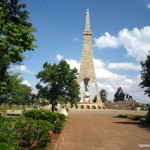
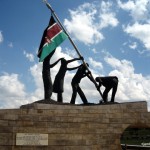
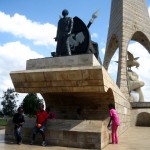
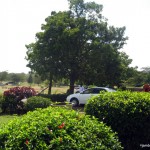


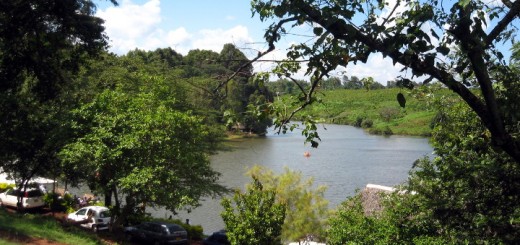
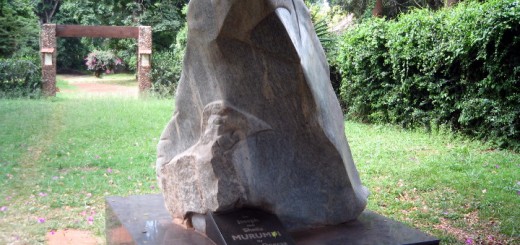
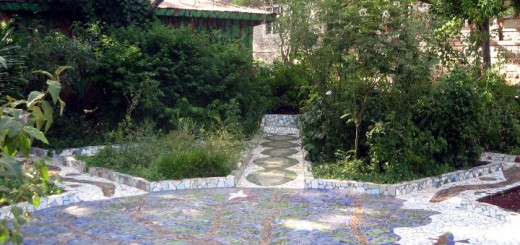

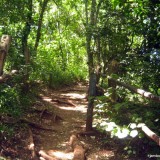

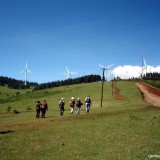

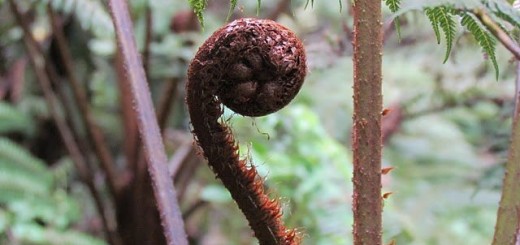
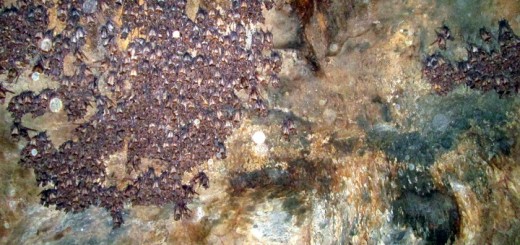
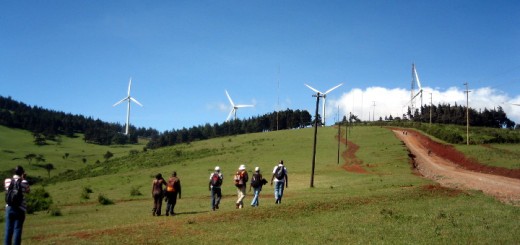



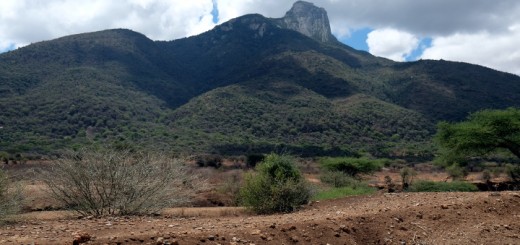
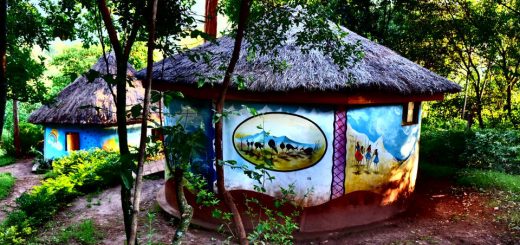

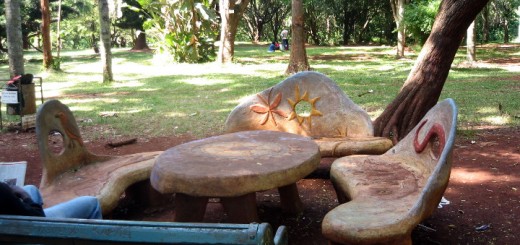
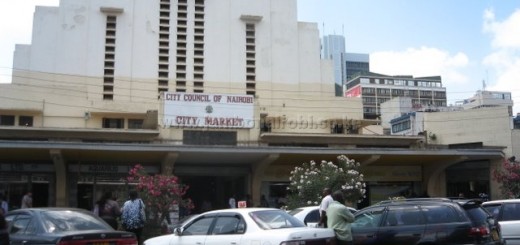



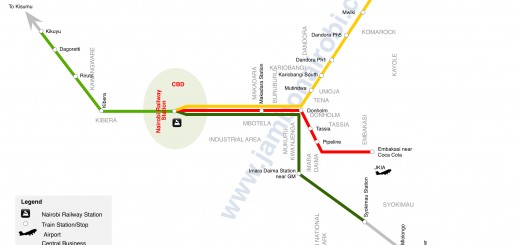
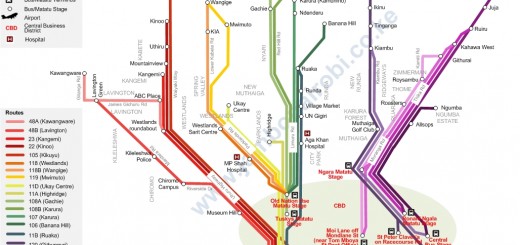
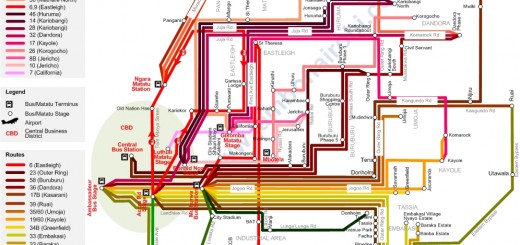
mazee ni papoaa………!
panang’ara!
pliz how much do you charge an organised group of 15 people
I would suggest you contact the National Museums directly to get a response. Their contact details are provided for your reference. You can also Google them to get alternative contact details.